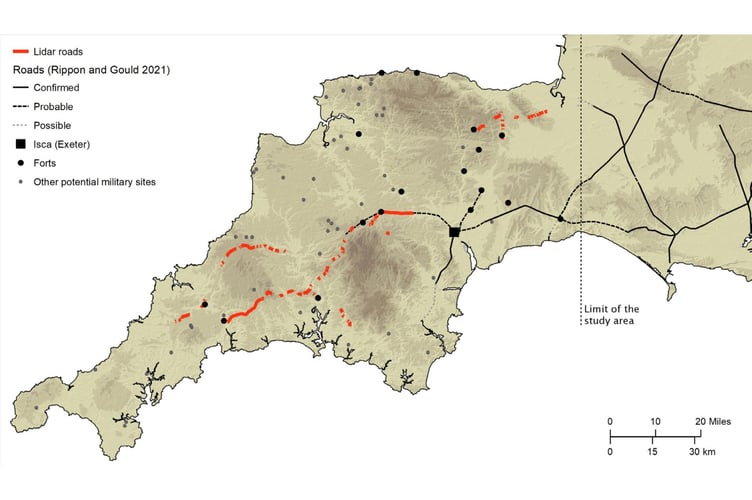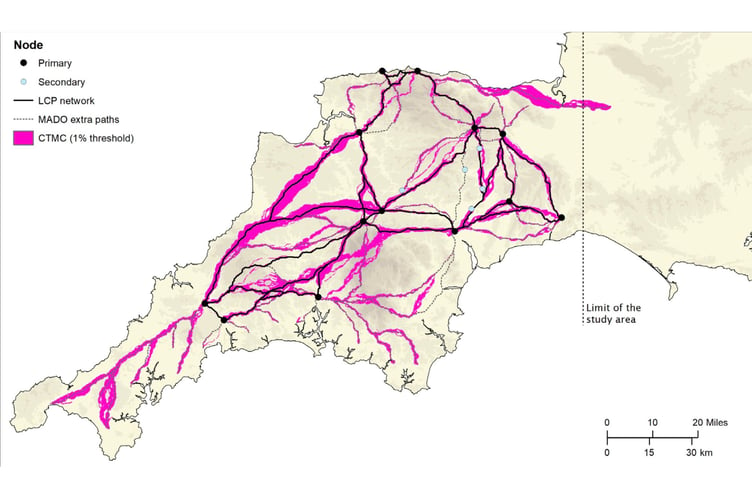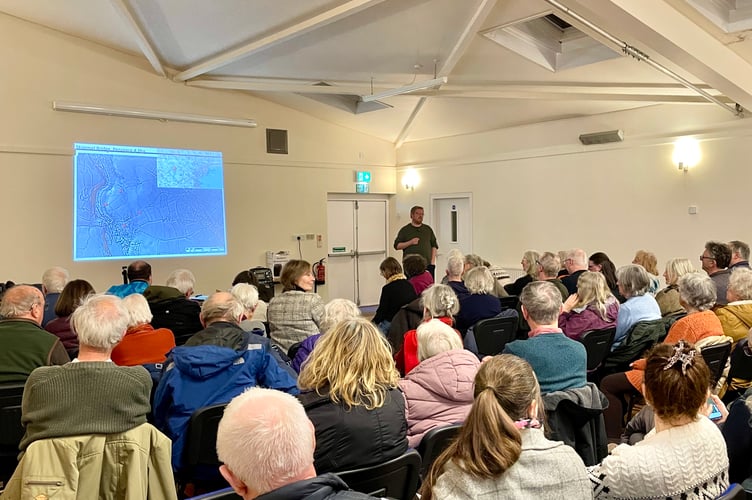SCORES of people went along to the Boniface Centre in Crediton on Monday, January 13 to hear about newly discovered Roman roads in Devon, Cornwall and Somerset.
The talk was hosted by the Crediton Area History and Museum Society (CAHMS). The guest speaker was landscape archaeologist Dr Chris Smart of the University of Exeter.
Dr Smart explained there had previously been little solid evidence for long-distance Roman roads west of Exeter, then called Isca.
But now, thanks to government “LiDAR” laser scans, he and others have mapped around 100 kilometres of probable Roman roads over Devon, Cornwall and parts of Somerset.

LiDAR involves having an aeroplane or helicopter fly in regular patterns over an area of land.
The aircraft sends out lasers to the ground, which then come back to a sensor.
This measures the height of the ground very accurately. A detailed topographic picture can then be created with the data, and earthworks barely visible to the naked eye can be seen clearly.
Dr Smart and Dr João Fonte led the research, which was funded by the National Lottery Heritage Fund. Dr César Parcero Oubiña of the Spanish National Research Council led the modelling of the Roman roads network, and a team of public volunteers helped with the discovery.
The team identified sections of Roman roads with LiDAR between Exeter and North Tawton, to the northwest and southwest of Dartmoor near Okehampton and Calstock, north and south of Bodmin Moor and near Nanstallon and Restormel.
Further analysis then helped the archaeologists predict the likely layout of more of the Roman road network in the area.

This produced a map showing possible roads across the South West all the way to Penzance, in a similar layout to other Roman road networks in the country.





Comments
This article has no comments yet. Be the first to leave a comment.